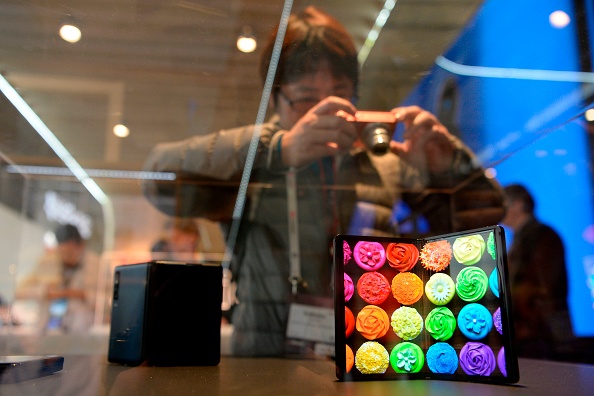Smartphones have been stuck in the same groove for years, until the recent unveiling of folding screens. Are these devices, starting at a nifty $2,000, and that you would likely fold a 100 times a day, durable?
It’s no secret that the mobile phone industry has been stagnant for some time now. Consumers are overwhelmed with similar hardware being released every couple of months, making purchasing decisions more difficult. But why are these faster, thinner and lighter smartphones not cutting it anymore?
Tech giants Apple and Samsung have both felt the pinch from shrinking sales in 2018. In a letter to investors early 2019, Apple CEO Tim Cook warned of weak earnings as a result of too many new products; a strong US dollar; and economic weakness in emerging markets, which resulted in, “fewer iPhone upgrades than it had anticipated”.
READ MORE | How Mobile Solutions Are Paying It Forward
Samsung also couldn’t match the success of the Galaxy S8 with last year’s almost identical-looking S9 that featured new cameras and processors, and was forced to drop the price on its flagship to increase sales.
Mark Joseph, a director who heads up technology strategy at Deloitte, says the smartphone industry is finding it increasingly difficult to differentiate on the hardware layer as it becomes a commodity.
“It is easy to compare it to the PC industry where the consumer sees very little differentiation at all anymore.”
However, the market is expected to take a different turn as Samsung and Huawei have both come out with folding screen devices in 2019, which is arguably the most exciting thing to have occurred in ages.
READ MORE | Is This Technology the Answer to World Hunger?
Samsung introduced the Galaxy Fold earlier this year that appears to be ‘tablet-first’ with smartphone support. The 4.6-inch smartphone still looks like a first-generation product and opens into a 7.3-inch tablet, which supports three-app multi-tasking and app continuity between modes.
Days later at MWC Barcelona, Huawei unveiled its own folding screen device called the Mate X. The 8-inch tablet has no notch, and folds into two screens, a 6.6-inch on the front and a 6.38-inch at the back, primarily aimed at people who want more from their smartphones and to be productive on-the-go.
These innovations have generated a great deal of interest, says Joseph.
Folding screen devices are considered a new type of device, like a tablet vs a laptop rather than just a new version of a smartphone.
“The differences over the past few years have been mainly cosmetic, like the number of cameras, changes to screen size with internal changes like processor speeds, and memory increases. Folding screens are an entirely new range of devices.”
But is the market ready for a new category device, and is there a need for folding screens? Joseph thinks its success falls on how durable and scratch-resistant they are.
“If they break easily, they might be discarded rather quickly or limited to a niche category, e.g. office use only.”
Samsung claims the Galaxy Fold is durable for up to 200,000 folds, which translates to 100 folds every day for five years.
If they are durable – and only time will tell – there is huge potential, he says. “In the corporate market, their multi-tasking abilities could lead to industry specific solutions being launched on their form-factor, in addition to being the primary office tool of choice for executives.”
Joseph says there is a growing corporate market using smartphones for daily tasks previously done on tablets or laptops, like reading and responding to e-mails.
“Folding screen devices will enable an increase in activities moving from tablets/laptops, which will then reduce the number of people who use both laptops and tablets.”
READ MORE | Software Pirates Use Apple Tech To Put Hacked Apps On iPhones
It will also double as a weekend/evening entertainment device of a busy executive who uses it extensively during the work day, he says.
As expected with any brand new technology, it won’t come cheap. The Galaxy Fold has a starting price of $1,980, and the Huawei Mate X will cost $2,600, both of which are expected to go on sale in South Africa, with local pricing to be announced at launch.
So who is expected to purchase these eye-wateringly expensive hybrids?
“Like all the newest devices in each generation, there is status associated with being one of the first owners, so naturally, there will be those who fit into this category,” Joseph says.
“Next, there will be the corporate user who currently uses both a smartphone and tablet.”
There are also those who generally upgrade to the “best” device every two years with their post-paid contract upgrade, he says.
“In addition, there could be a niche in private schools where this is a growing trend where students have smartphones and their schools are now using tablets as part of their curriculum.”
“The area that I’m most excited by is the ability for innovation around industry or corporate specific applications being developed for a purpose using this form-factor,” Joseph says.
“Hopefully, folding screens will make it to a second generation as this will allow for better pricing, better tech and, hopefully, a more robust product.”
